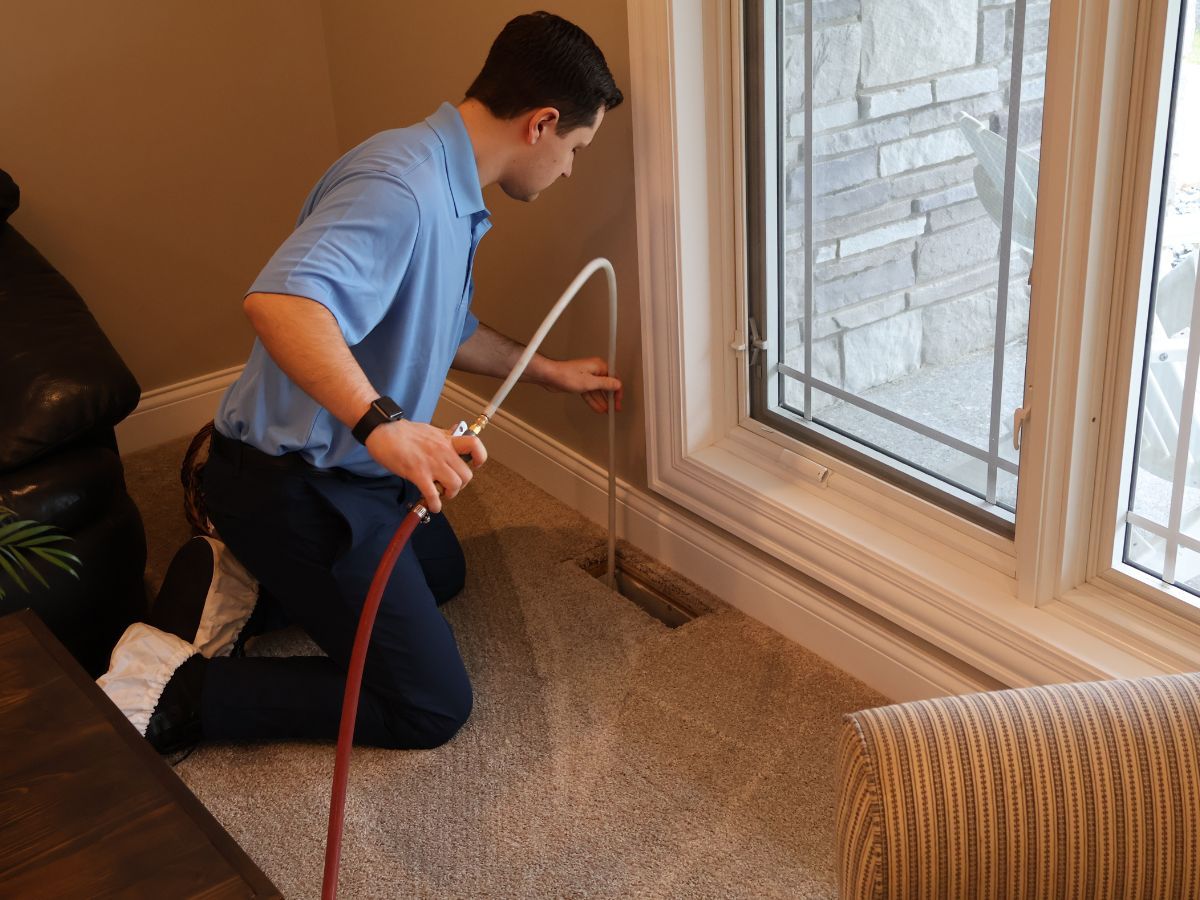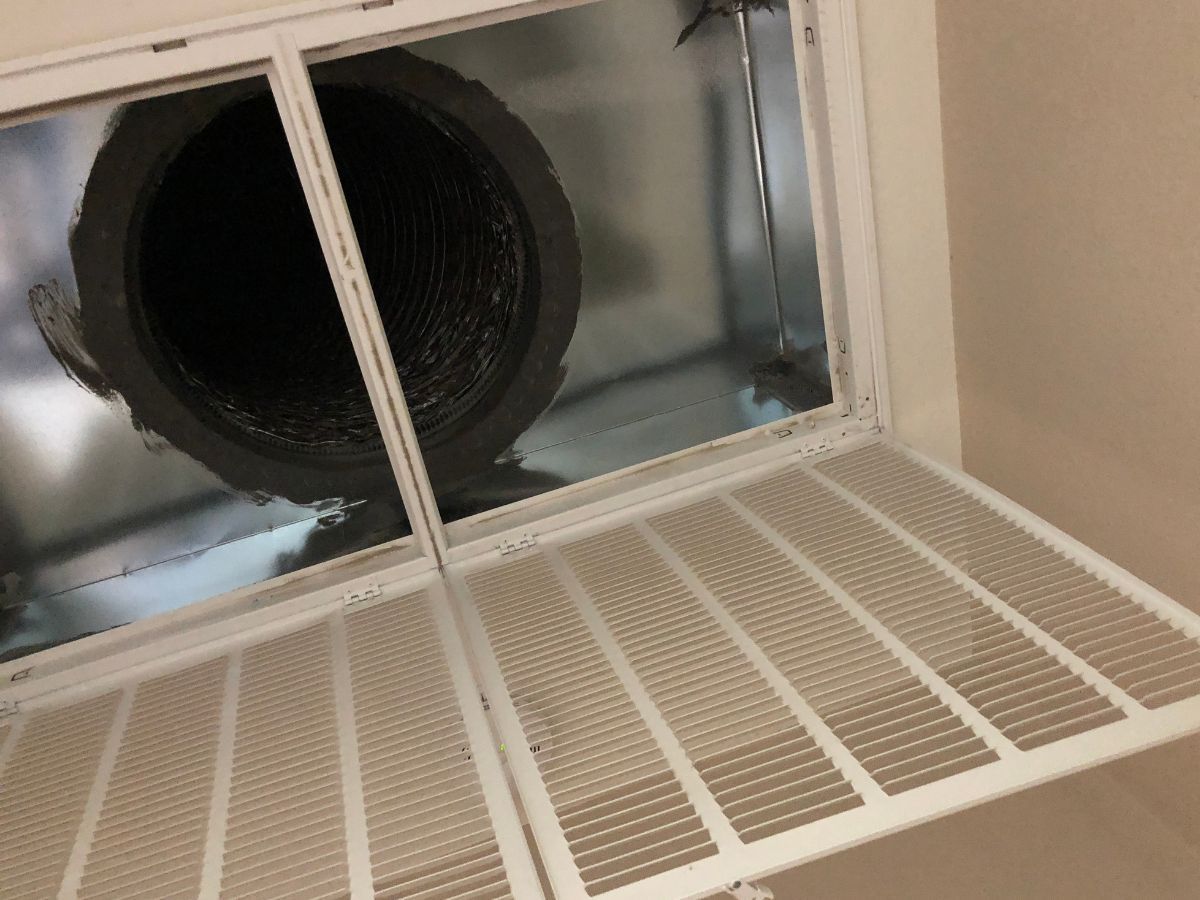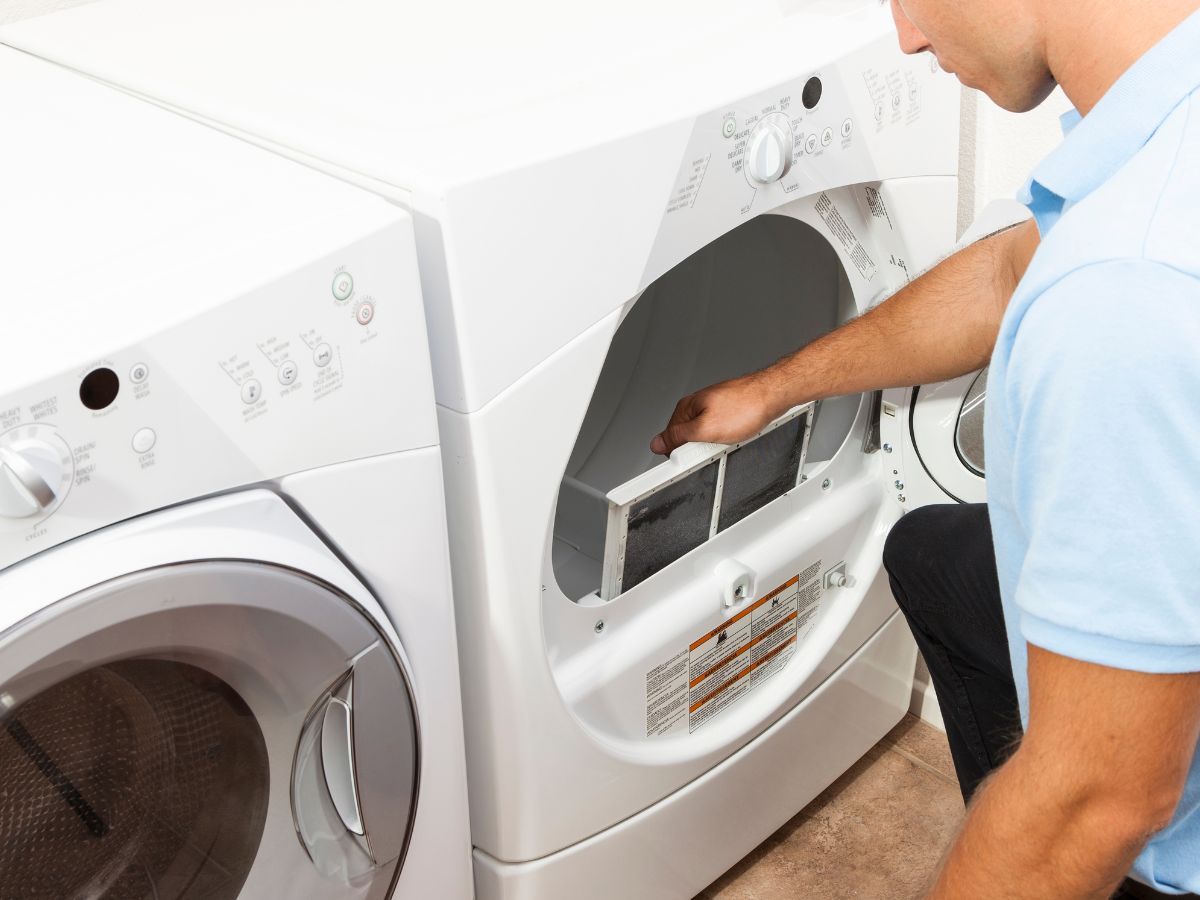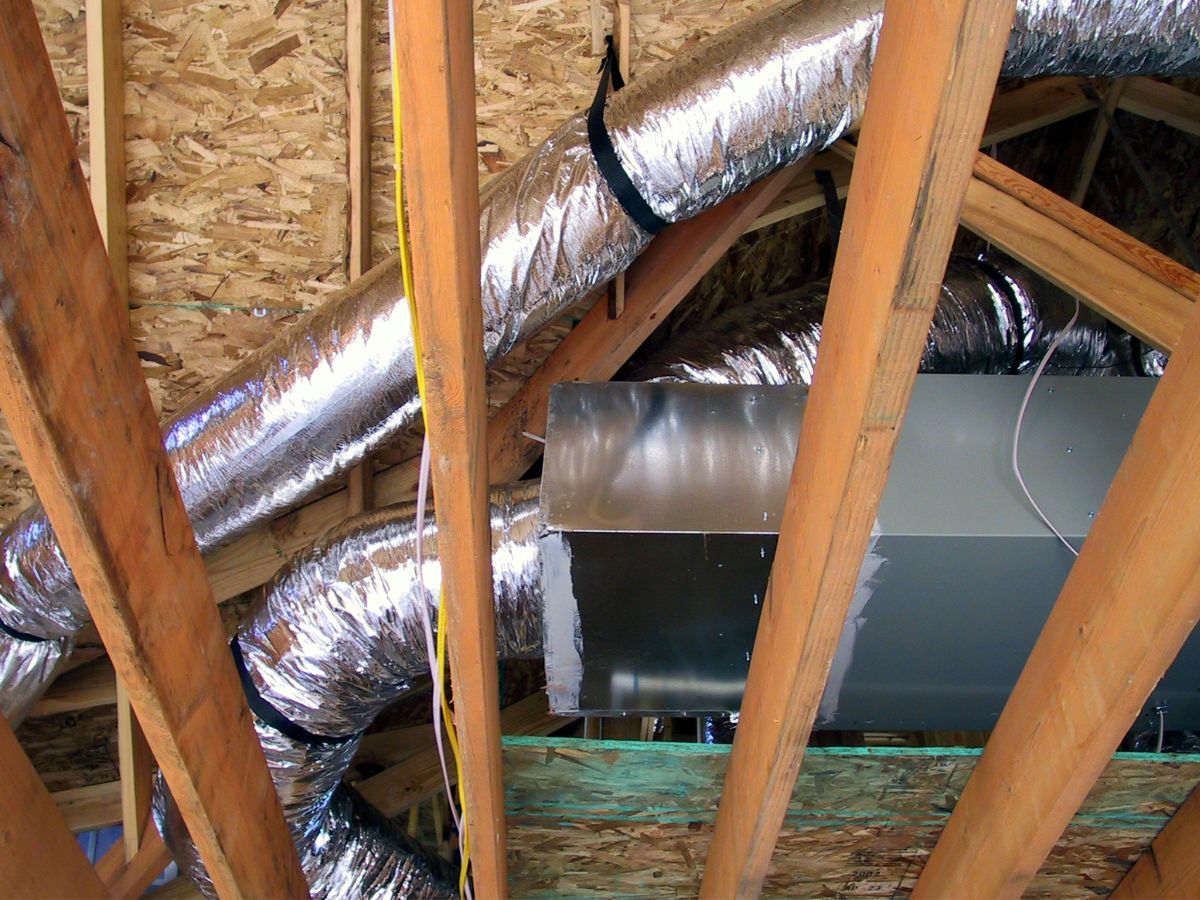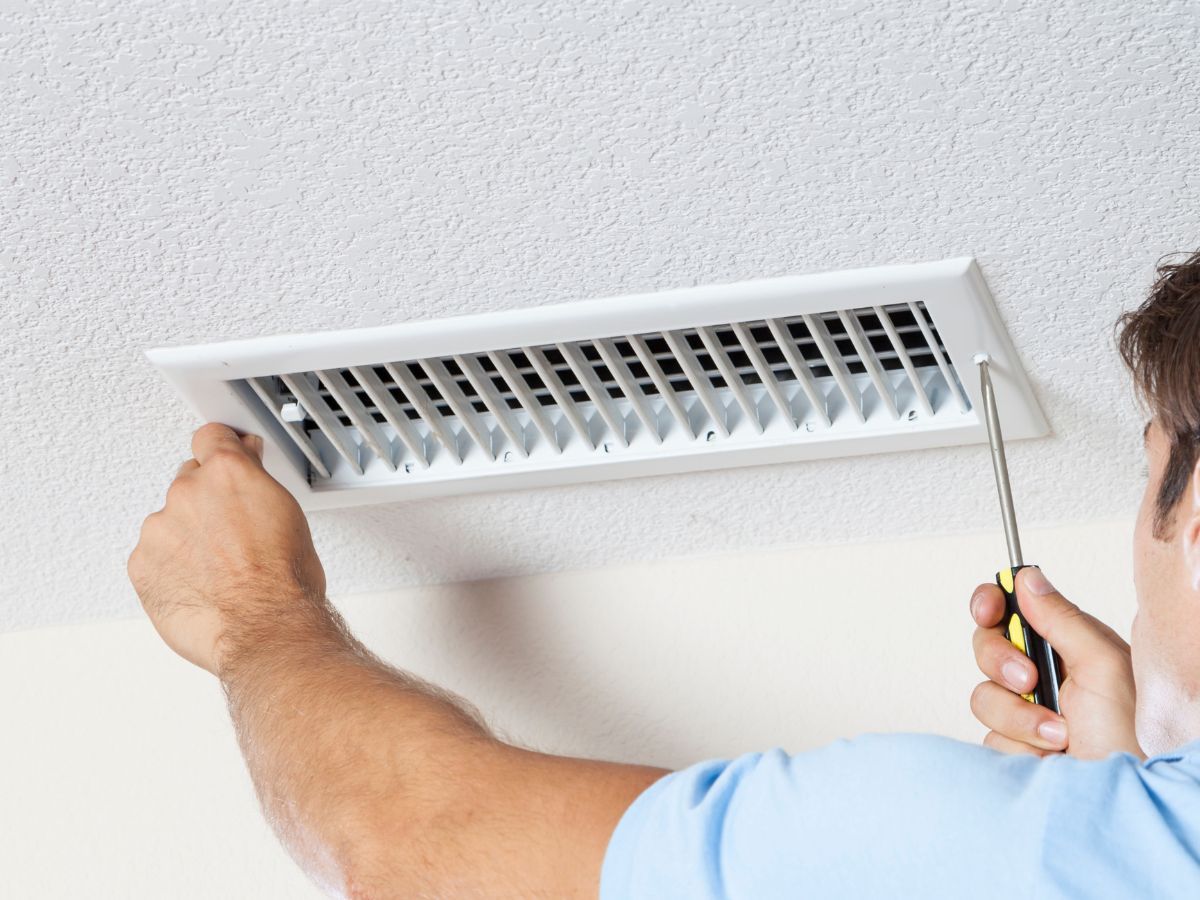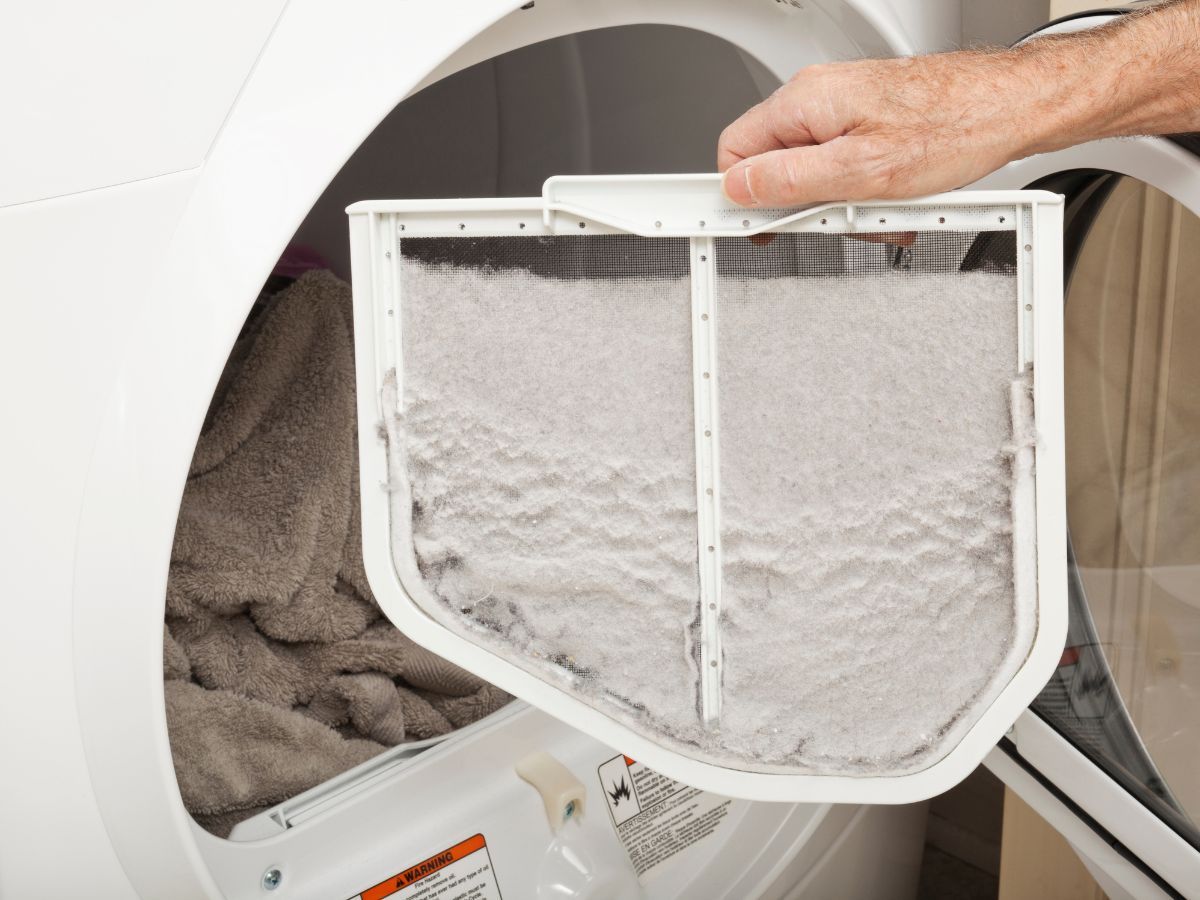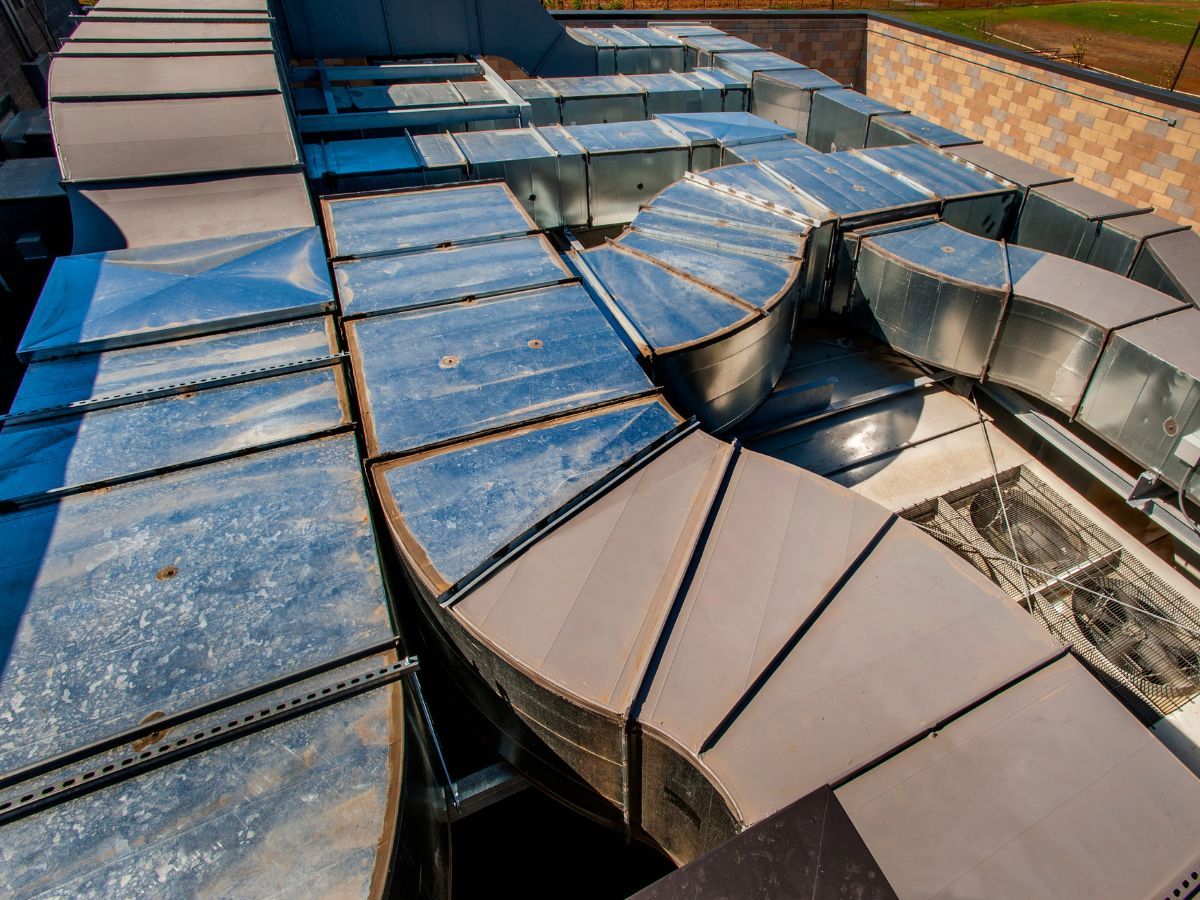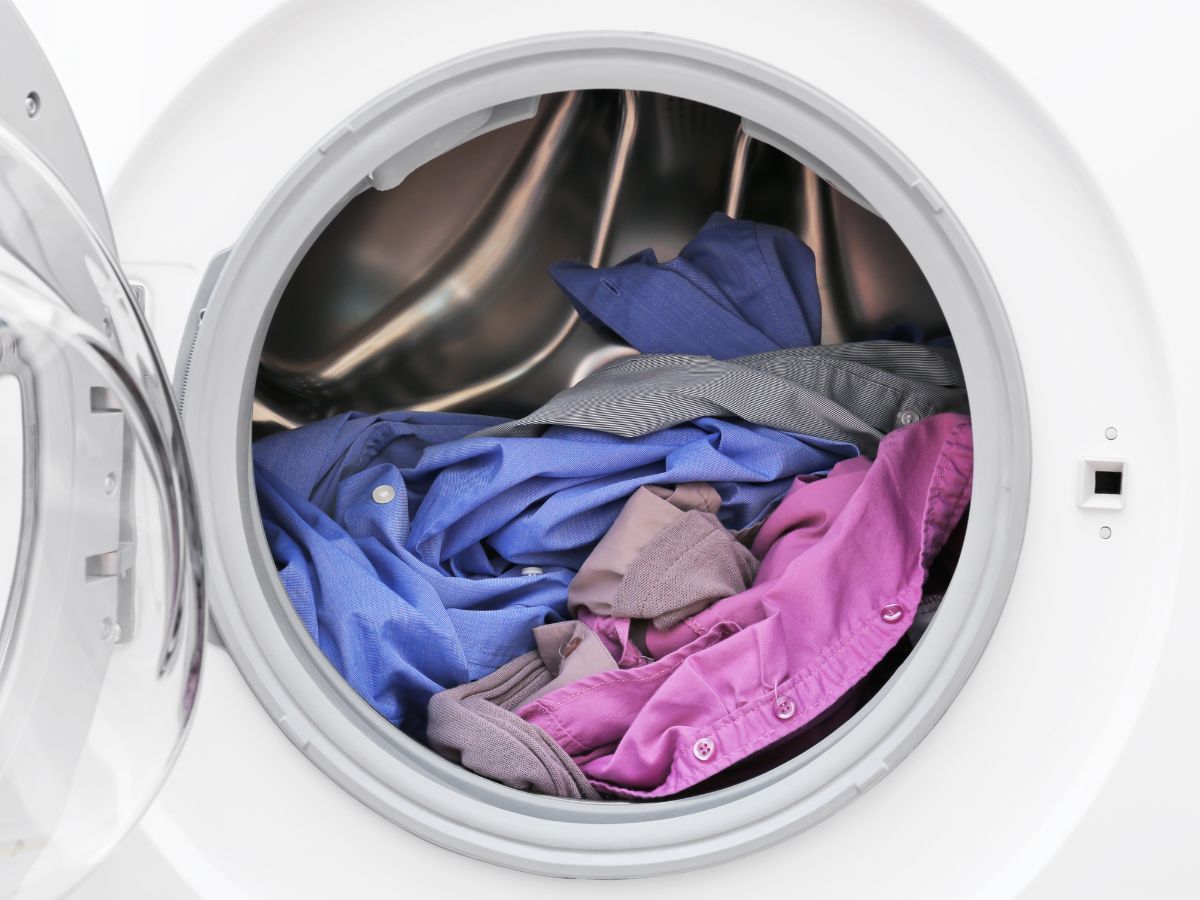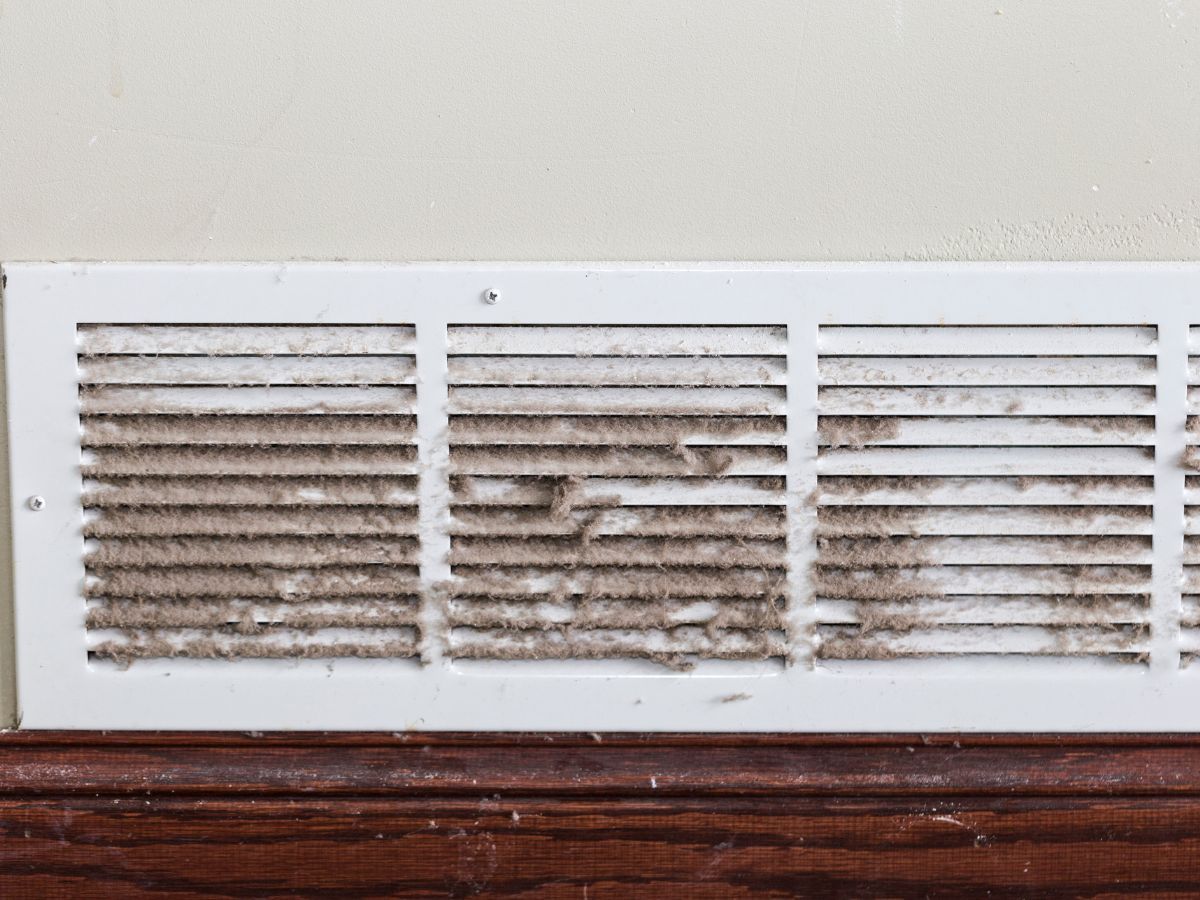Why Are My Air Ducts So Dirty in Indiana?
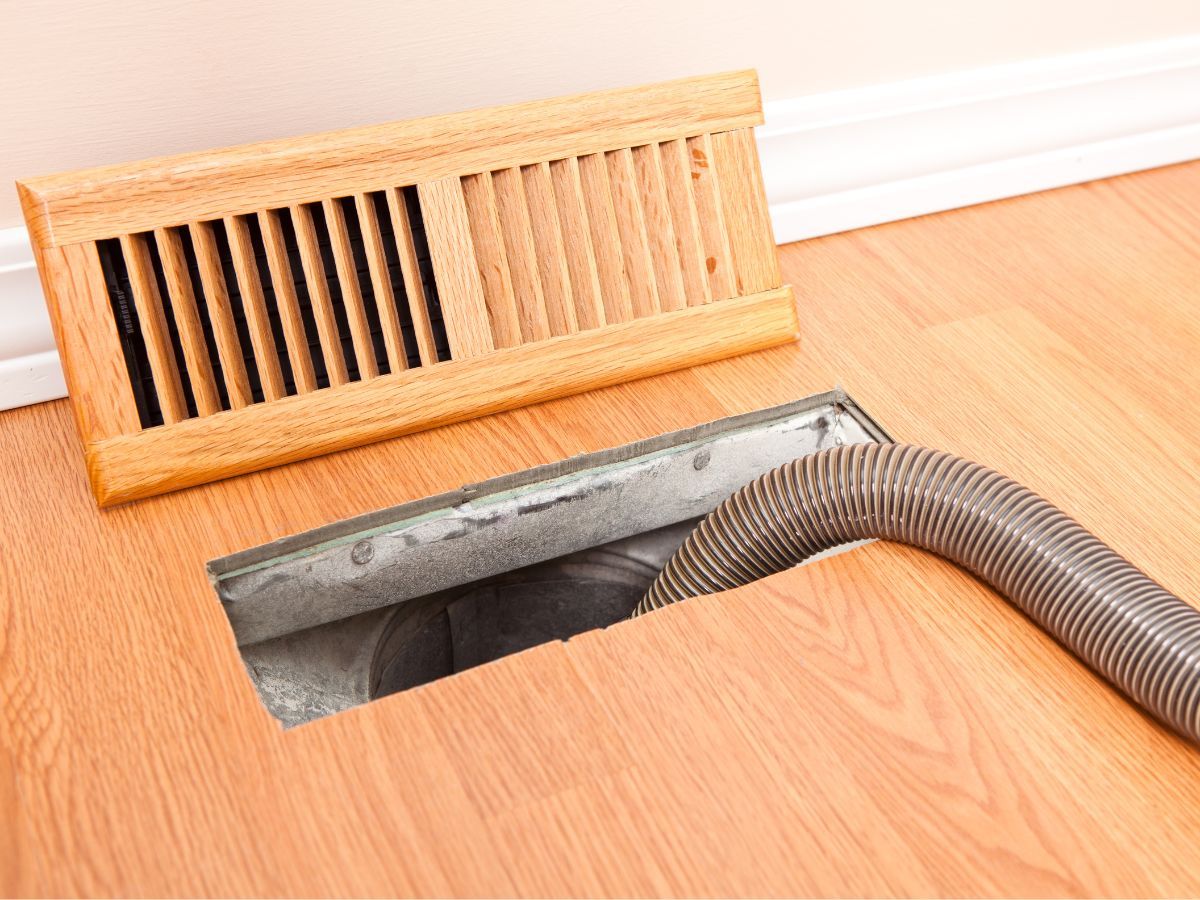
If you live in Indiana, you’re no stranger to the changing seasons, from the crisp autumn air to the snowy winters and the humid summers. These shifts not only affect our daily lives, but also impact the air quality inside our homes. Many Hoosiers might find themselves wondering why their air ducts seem to accumulate dirt and dust faster than they’d expect. Just like how the weather can bring leaves and pollen into our homes, various factors can lead to dirty air ducts, affecting the air we breathe every day. Understanding these causes can empower you to take action and ensure your indoor environment remains clean and healthy, particularly as the seasons change. Let’s explore why your air ducts might be so dirty and what you can do about it.
1. Seasonal Weather Changes
Indiana is known for its four distinct seasons, each bringing its own unique set of challenges for homeowners. These seasonal changes can significantly impact the cleanliness of your air ducts, leading to the accumulation of various debris and pollutants over time.
In winter, the state is often blanketed with snow and ice, which can bring a mix of dirt, salt, and chemicals used for de-icing roads. When homeowners and their families come indoors, they can inadvertently track this debris along with moisture from their shoes into the house. This creates a perfect environment for dirt to settle into carpets and rugs, but it doesn’t stop there. Once inside, these contaminants can get drawn into the HVAC system, making their way into your air ducts. The wet, muddy conditions can lead to a buildup of grime that can linger well into the spring.
As winter transitions into spring, another set of challenges emerges. The blooming flowers and budding trees bring forth pollen, which becomes airborne and easily finds its way inside homes. According to the Indiana State Climate Office, the peak pollen levels in Indiana typically occur from mid-April to late June, making it a prime time for allergens to infiltrate your living space. If windows or doors are left open to enjoy the fresh spring air, pollen can settle into your air ducts, where it can combine with the dust and dirt already present.
Summer brings its own issues, with higher temperatures often resulting in increased outdoor activity. Dust and dirt can become more prevalent, especially during dry spells or after storms. Homeowners often open windows to let in fresh air, but this can also allow dust and other particulates to enter your home. With frequent use of air conditioning systems during these hot months, any dust or debris that has made its way into your ducts will get circulated throughout the house.
Finally, as the leaves begin to fall in autumn, they can also contribute to the mess. Leaves, along with dirt and debris, can easily be tracked indoors. This is particularly true if you have children who love to play outside, bringing in not just leaves but also dirt and allergens. Additionally, the increased use of heating systems as the temperatures drop can exacerbate the issue, blowing accumulated debris back into the air.
The constant influx of outdoor debris throughout the changing seasons highlights the importance of regular air duct cleaning. By being proactive and having your ducts cleaned seasonally or bi-annually, you can minimize the buildup of dirt, pollen, and other allergens that come with Indiana’s diverse weather patterns. Keeping your air ducts clean not only improves air quality but also enhances the efficiency of your HVAC system, ensuring a healthier living environment for you and your family throughout the year.
2. High Humidity Levels
During the summer months, Indiana can experience high humidity levels, often ranging between 70% and 90%. This moisture in the air creates a perfect environment for mold growth, especially in less frequently used areas of your home, such as attics, basements, and crawl spaces. Mold thrives in damp conditions, and once it takes hold, it can release spores into the air, which can easily circulate through your air ducts. These mold spores can lead to a variety of health issues, particularly for individuals with allergies, asthma, or compromised immune systems.
In addition to mold, high humidity levels can also create a breeding ground for dust mites and other allergens. When humidity levels exceed 50%, dust mites can flourish, and they thrive in the warm, damp conditions that often accompany humid Indiana summers. The presence of these allergens in your air ducts can exacerbate respiratory problems and contribute to a stuffy or uncomfortable living environment.
3. Home Renovations and Repairs
Home renovations and repairs are exciting projects that can breathe new life into your living space. However, they can also create a considerable amount of dust and debris, which can pose a hidden threat to your indoor air quality. If you’ve recently remodeled your kitchen, finished your basement, or tackled any other home improvement tasks, you might want to consider the impact on your air ducts.
During construction activities, whether big or small, dust and particulates are inevitably released into the air. When you hammer, saw, or sand down surfaces, tiny particles can become airborne and circulate throughout your home. According to the EPA, common construction materials such as drywall, wood, and insulation can generate significant dust that, if left unchecked, can settle in your air ducts. Even simple tasks like painting or installing new fixtures can create airborne debris, contributing to the contamination of your HVAC system.
The problem doesn’t stop with just visible dust. Renovations can also disturb existing dust that has settled in your home over time. For example, if you’re tearing down old walls or replacing flooring, you might unknowingly stir up dust from years past. This can be especially concerning in older homes, where lead or asbestos may be present in construction materials, posing serious health risks.
Even minor renovations, like changing out light fixtures or adding new shelves, can contribute to dust accumulation in your ventilation system. During these seemingly small tasks, tools can inadvertently create dust that gets sucked into the air ducts, where it can mix with existing debris. This means that, after a renovation, your air ducts can become a reservoir for dust, allergens, and even harmful particles.
The implications of having dirty air ducts following renovations can be significant. Not only can the quality of your indoor air suffer, but it can also lead to more frequent cleaning requirements and reduced efficiency of your HVAC system. A clogged duct system can force your heating and cooling systems to work harder, resulting in increased energy costs and potential wear and tear on your equipment.
4. Pet Ownership
Pets are a beloved part of many households in Indiana, bringing joy and companionship to their owners. However, as adorable as they are, pets can significantly contribute to dirty air ducts. This is especially true in homes with multiple furry friends.
When pets roam around the house, they naturally shed hair and dander, which can quickly accumulate in your living space and become airborne. According to studies, a single dog can shed approximately 50 to 100 grams of hair per month, while cats can shed around 25 to 50 grams. This hair doesn’t just settle on your furniture; it can get sucked into your HVAC system and settle within the air ducts, leading to a buildup of debris. This can affect the efficiency of your heating and cooling systems and lead to poor air quality.
Additionally, pets can track dirt, pollen, and other allergens from outside into your home, which can also accumulate in your air ducts. This is particularly noticeable during the spring and fall months when outdoor allergens are at their peak. Each time your HVAC system kicks on, it can blow these allergens and particles back into the air you breathe, which can be especially problematic for family members with allergies or respiratory issues.
For households with multiple pets, the impact can be even more pronounced. More pets mean more shedding and more dirt, leading to a quicker accumulation of pet-related debris in the air ducts. Consequently, pet owners may find themselves needing to schedule air duct cleaning more frequently—perhaps every year or even more often depending on the number of pets and their activity levels.
Clean Your Air Ducts Today
Understanding why your air ducts may be particularly dirty in Indiana is the first step toward maintaining better air quality in your home. Seasonal weather changes, high humidity, home renovations, and pet ownership are just a few factors that contribute to dirty ducts. Regular maintenance, good air filtration, and proper HVAC system design can help mitigate these issues.
If you notice increased dust, allergens, or odors in your home, consider having your air ducts professionally cleaned. This proactive measure can significantly improve your indoor air quality and create a healthier living environment for you and your family.
FAQ
What causes air ducts to get dirty in Indiana homes?
Air ducts accumulate dust, pollen, pet dander, and other debris over time. Factors like seasonal weather changes, high humidity, and construction dust can contribute to the buildup.
How do Indiana’s weather conditions affect air duct cleanliness?
Indiana’s seasonal changes, such as high pollen levels in spring and summer humidity, can introduce more allergens and moisture into your HVAC system, encouraging dirt and mold buildup.
Can dirty air ducts affect my indoor air quality?
Yes, dirty air ducts can circulate allergens, dust, and even mold spores, which can impact the health of those with allergies or respiratory conditions.
Blogs You May Be Interested In
Categories
